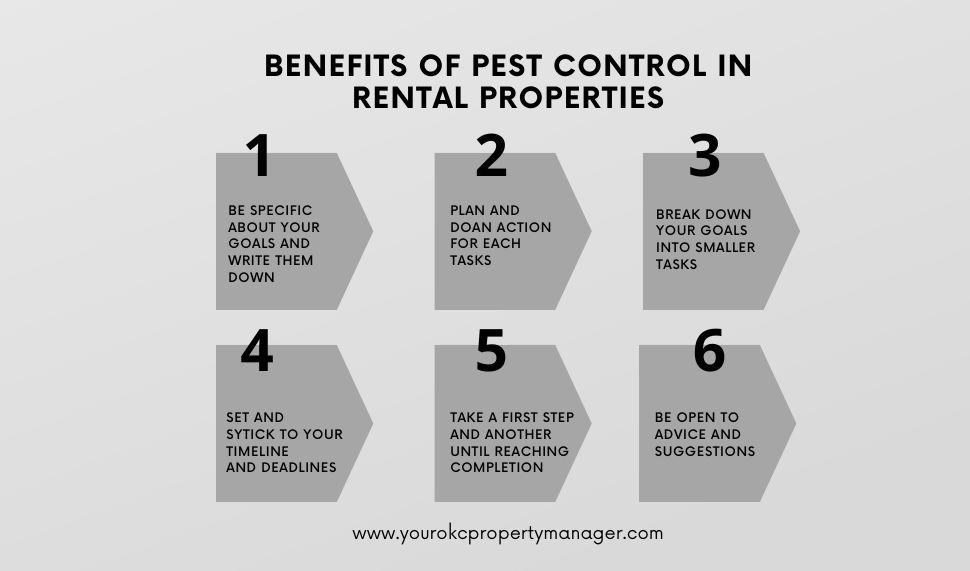10 Easy Facts About Pestwise Explained
Table of Contents8 Easy Facts About Pestwise ShownThe Basic Principles Of Pestwise The Main Principles Of Pestwise 4 Easy Facts About Pestwise ExplainedNot known Facts About PestwiseLittle Known Questions About Pestwise.A Biased View of Pestwise
Q. Specify "incorporated insect monitoring" (IPM) and listing several feasible control techniques that may be made use of in an IPM method. A. Integrated pest monitoring is the integrating of suitable parasite control techniques into a solitary plan to lower bugs and their damage to an appropriate level. Parasite control techniques may consist of: host resistance, biological control, cultural control, mechanical control, cleanliness, and chemical (pesticide) control.
Top Guidelines Of Pestwise
What can you do to keep the bugs you are trying to regulate from becoming immune to the pesticides you make use of? A. Insect resistance can be reduced by making use of integrated parasite administration and rotating the sorts of chemicals used.
Bugs are a critical threat to the farming service, and incorporated insect administration aids growers address and reduce these dangers. Integrated pest management uses a number of techniques in complicated, therefore being an extra reliable remedy to the concern. Bed Bug Treatment. Particularly, removing hostile chemical approaches permits decreasing injury to individuals and the setting by making use of all-natural and much safer choices instead
A Biased View of Pestwise
The goal of incorporated bug administration is to reduce this harm and control appropriate invasion levels instead than get rid of all unwanted populations. This is why it is essential to recognize what procedures are justified in each case and usage hostile ones only when other integrated administration methods do not work. Integrated management minimizes the unfavorable effects of a non-IPM technique, and the main advantages of IPM Advantages of IPM.
A correct understanding of the invasion scope establishes if the issue should be attended to. are the next elements of an IPM program because it is very important to recognize if the microorganisms make prospective dangers and select the integrated management alternatives or the particular pesticide use. plan to minimize problems by applying different agronomic strategies.
The Greatest Guide To Pestwise
Integrated management options in an IPM program start with safer to more hostile ones. The prior incorporated monitoring elements assist comprehend exactly how to plan and execute an IPM program step by step: Display your plants consistently.

Among others, IPM social approaches consist of the adhering to area monitoring strategies: dirt therapy; selection of suitable plants; crop rotation; interplanting or strip cropping; choice of planting days; weed control; use catch plants. Favorable soil conditions speed you could check here up plant growth, and energetic crops are a lot more immune to problems. Bug Exterminator. In incorporated parasite monitoring, dirt screening assists comprehend if the field is suitable for the production of this or that plant, and after that use the lacking nutrients to guarantee plant healthy growth
The Pestwise Statements
No-till practices help prevent soil erosion, adding to lasting farming. When tilling is required, it is recommended to perform it in the autumn to subject them to all-natural enemies and serious weather condition. Healthy seed startings and seeds predetermine effective plant advancement, so it is essential to select pest-free growing material with solid roots.
, which is also utilized in the incorporated pest administration system. Alternatively, infestations raise when plants of the same plant type or family members expand together.
Similarly, potato beetles can harm expanding potatoes, as well as tomatoes. Growing catch plants in spots is an additional alternative for IPM intercropping. This integrated pest management approach recommends bring in bugs to certain plants and after that managing them with chemical or mechanical methods. Particularly, you can grow soybeans as catch plants for Japanese beetles.
The Definitive Guide for Pestwise
Barriers are typical examples of physical IPM methods. Allow's take a more detailed check out them. Eliminating or picking pests out by hand is a time and labor-consuming choice that is commonly used in integrated management and natural farming. Mature pests or their eggs and larvae are accumulated by hand and destroyed.

Division of Plant Sciences. University of Missouri. Dirt solarization is an effective integrated monitoring method to decontaminate the field by warming it in an all-natural method. This incorporated management technique suggests an usual method of destroying bugs by predators, parasitoids, virus, and other organic control representatives (aka hostile organisms). The role of organic control in IPM is to.
Not known Incorrect Statements About Pestwise
With time, their population turned out to be an actual annoyance to farmers alongside aboriginal kangaroos or dingoes. The cane toad is an additional case highlighting integrated organic control failing hereof when it refused to search the target types and became a pest itself. Parasitoids develop on or within their hosts to at some point eliminate them after developing.